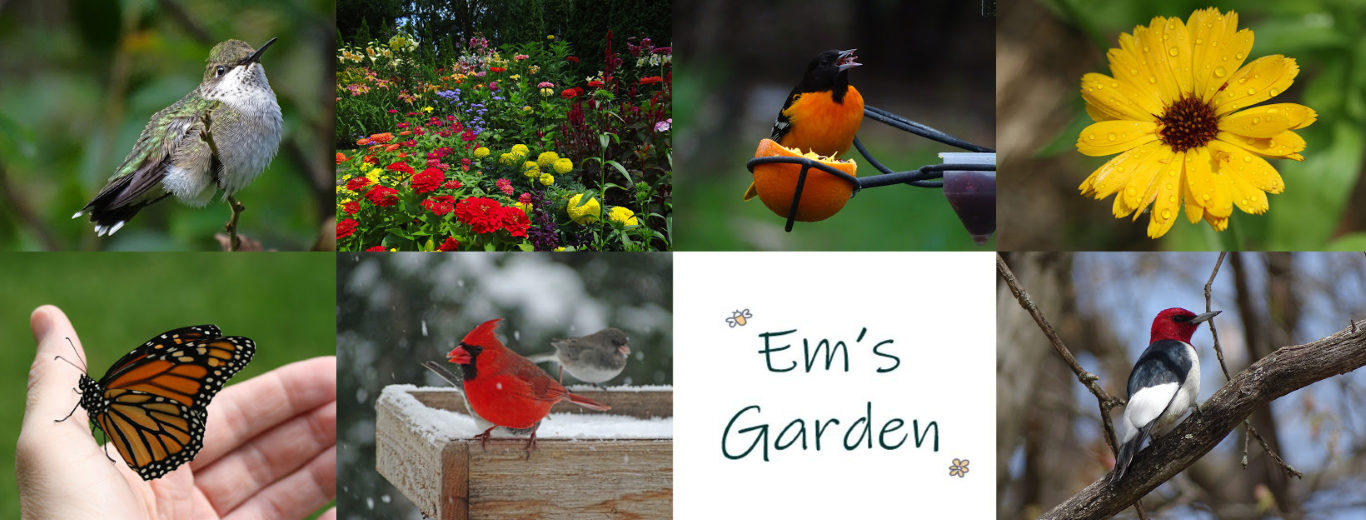Common Redpolls started appearing at feeders in our area more than a month ago, so I’ve kept my eyes peeled for them. This species is not uncommon in our area, but the birds are irruptive meaning their presence from season to season fluctuates with natural food availability. The last time I saw a Common Redpoll was during the winter of 2012-13. In fact, in 22 years of counting birds for Project Feederwatch I’ve only seen Common Redpolls during 5 winter seasons (1995-96, 2007-08, 2008-09, 2012-13 and this season).
Two weeks ago I was looking through some of my digital images when I noticed that one of the birds among all those finches on my platform feeder had a bright, red cap—a Common Redpoll!
The next time a flock of finches landed at the feeder I got my binoculars out to see if she was among them. She was there alright, but not at all interested in having her photo taken. Either she would spot me walking toward the window with my camera and fly away, or she’d stay and give me nothing but backside:

While Common Redpolls have an attractive speckled backside, it’s not really the shot I was looking for. Yesterday after more than two weeks of stalking her, the bird finally let me snap a decent photo:

According to the Cornell Lab of Ornithology’s All About Birds website, Common Redpolls can survive temperatures of -65 degrees Fahrenheit, and some birds actually tunnel several inches under the snow to stay warm at night which is handy when you live in the arctic tundra. My visitor likes to plow through the snow looking for seeds.

Common Redpolls usually travel in large flocks. I only have one bird but she’s part of a large flock of Pine Siskins.
